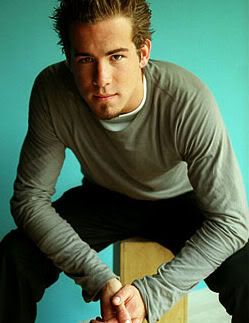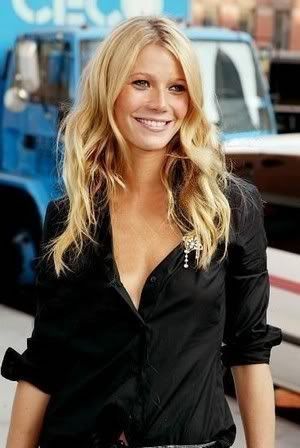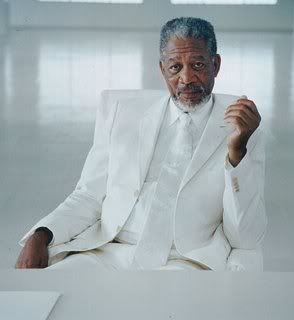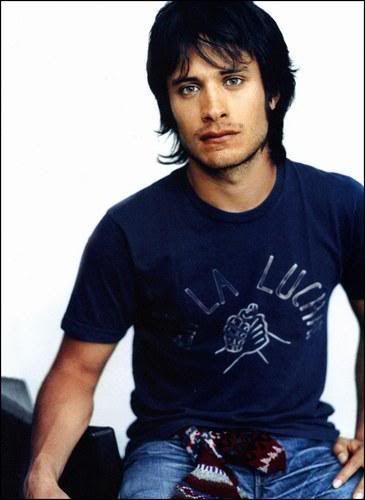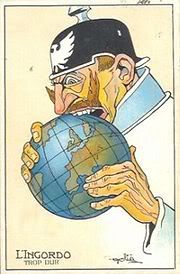A man in India takes a cab to the train station and misses his train, not very exciting right? Not in the case of The Darjeeling Limited. Director Wes Anderson uses music and dynamic camera angles to make this not so exciting scene, thrilling.
The music in this scene transforms it from something bland to something colorful and exciting. As the scene begins a fast paced Indian song by Ustad Vilayat Khan comes on in the background. This sets the pace of the scene and captures the audience’s attention. It creates suspense because it makes the audience feel like they’re rushing towards something. Without it the scene would lack excitement and lose much of the suspense gained with the song. The song continues throughout the scene as our character rushes to his destination, which is revealed to be the train station. The presence of the song as the scene goes on keeps up the pace and keeps the audiences attention. The song sets the tone for the scene and maintains it throughout.
Songs can also be used to illustrate a change in tone/story. Wes Anderson does this near the end of the scene. Our character is running after his train, we see a a man come running up next to him and the camera focus shifts to him as the music changes to The Kink's "This Time Tomorrow". The shift in the music illustrates the shift in focus, showing the new character to be important in the story. Without the music the focus would still shift but the effect of the shift would be lost.
Along with the music the camera angles that Anderson uses make the scene exciting. Throughout the scene the camera cuts quickly through multiple different camera angles, adding to the rushed sense that the music conveys. These quick cuts through innovative shots(ex. taxi meter) not only give the audience a better sense of the setting but they showcase each characters expressions and actions, which shows the characters looking rushed and worried, making the audience feel with the character and adds to the fast paced feeling of the scene. One shot where the camera angle really sets the tone is when the man from the taxi(Bill Murray) is running through the train station, the camera follows him as he weaves in and out of the crowd of people, making the audience feel like they're running right besides him. If Anderson had chosen any other shot this effect would be lost and the scene would not be quite as enthralling.
While the music can show a change in tone or focus, without the camera angles the effect would not be as great. This is the case in the last part of the scene where the shot is a close-up of Bill Murray from the side as he runs. As another man(Adrien Brody) enters the frame the shot remains the same but the focus shifts from Murray to Brody as the focus of the story shifts as well. This use of camera angles serves as a effective visual representation of the transition, showing the audience that the focus has changed. Without it the audience may get lost, or have a hard time comprehending the significance of the new character entering the scene.
Without the use of music and innovative camera angles, this scene would be boring and would not flow very well. But when one incorporates these elements into a scene, they are left with an exciting and effective piece of work that can aid the director and sharing ideas or changes with the audience.


